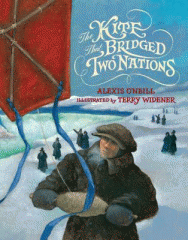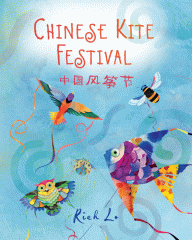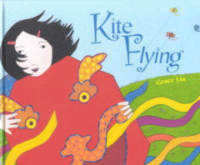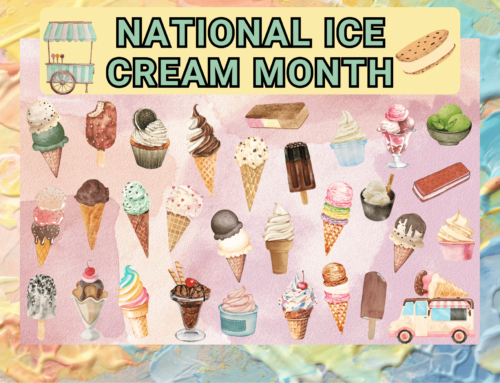
Let’s go fly a kite up to the highest height and send it soaring… Pardon me while I sing a favorite song from the movie Mary Poppins. It’s March, and since March is known to be windy, it is a great time to fly kites.
Kite Facts


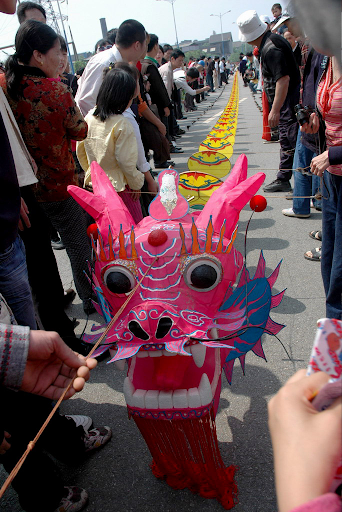
Kite Flying Rules
- 1Fly on a day with a good breeze.
- 2Make sure to stay away from power lines, as kites and kite strings are good conductors of electricity.
- 3Never use wire for the string part of your kite; use string or fishing line.
- 4Save kite flying for days with good weather, no storms or rain.
- 5Most of all, have fun!
Learn more about kites by visiting Britannica Kids or check out these kite books from our library catalog!
Check out these kite books from our library catalog
The Kite That Bridged Two Nations by Alexis O’Neill
Based on actual events, tells the story of Homan Walsh, who dreamed of flying his kite across the wide Niagara River.
Shibumi and the Kitemaker by Mercer Mayer
After seeing the disparity between the conditions of her father’s palace and the city beyond its walls, the Emperor’s daughter has the royal kitemaker build a huge kite to take her away from it all.
Chinese Kite Festival by Rich Lo
Animal names and their significance in Chinese culture is explained in simple bilingual text for young readers.
Kite Flying by Grace Lin
A girl describes how her family makes and flies a kite.

